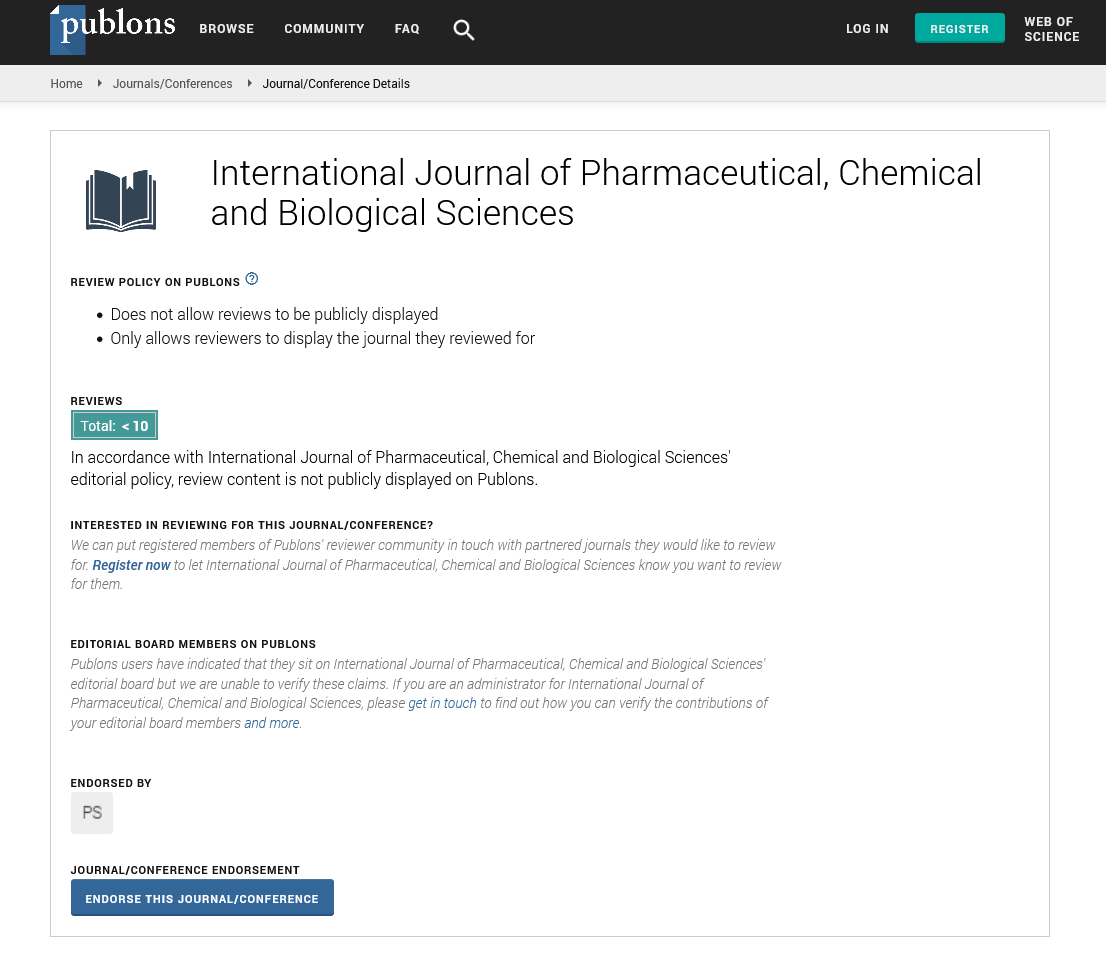Abstract
Author(s): Mariana V. Porsani *,1,Rafaela F. Amatuzzi1,Brás H. Oliveira2,Leopoldo C. Baratto2,Camila A. Dalitz1,Angela Bozza1, Paulo R. Marangoni1, Patricia R. Dalzoto1, Hedda E. Kolm3andIda C. Pimentel1
The spread of drug resistant microorganisms is an important clinical issue, increasing the need of new compounds research with the potential to control them. These compounds can be sought in microorganisms from different niches, like the intertidal regions, where extreme environmental conditions cause the development of microorganisms with particular physiological and metabolic processes. This work aimed at the bioprospection of microorganisms isolatedfrom the intertidal regions of Ilha do Mel, Paraná, Brazil. About 60 fungi from the genera Aspergillus, Penicillium, Acrmonium, Trichoderma, Paecilomycese Dreschsleraand 116 actinobacteria from the genera Nocardiaand Streptomyceshad their inhibitory activity evaluated against the pathogenic strains Staphylococcus aureus(ATCC 25923), Escherichia coli (ATCC 25922), Pseudomonas aeruginosa (ATCC 27853) and Candida albicans (ATCC 10231). Among isolated fungi, 57.14% inhibited two or more pathogenic strainsand 72% of actinobacteria yielded the same result. In order to characterize the substances with antimicrobial activity present in the extracts, the bioautography method was used. Penicillium sp. had an extract isolated that showed activity against C. albicans. The Streptomycesextract results were positive against S. aureusand MRSA. The isolates with antimicrobial potential were identified by the sequencing of the ITS1-5.8S-ITS2 of rDNA (fungi) and 16S rDNA (actinobacteria). These results highlight the importance of the study of the biotechnological potential of the microorganisms isolated from intertidal regions. This is the first work investigating the bioactivity of actinobacteria and fungi isolated from Ilha do Mel, Paraná, Brazil.

